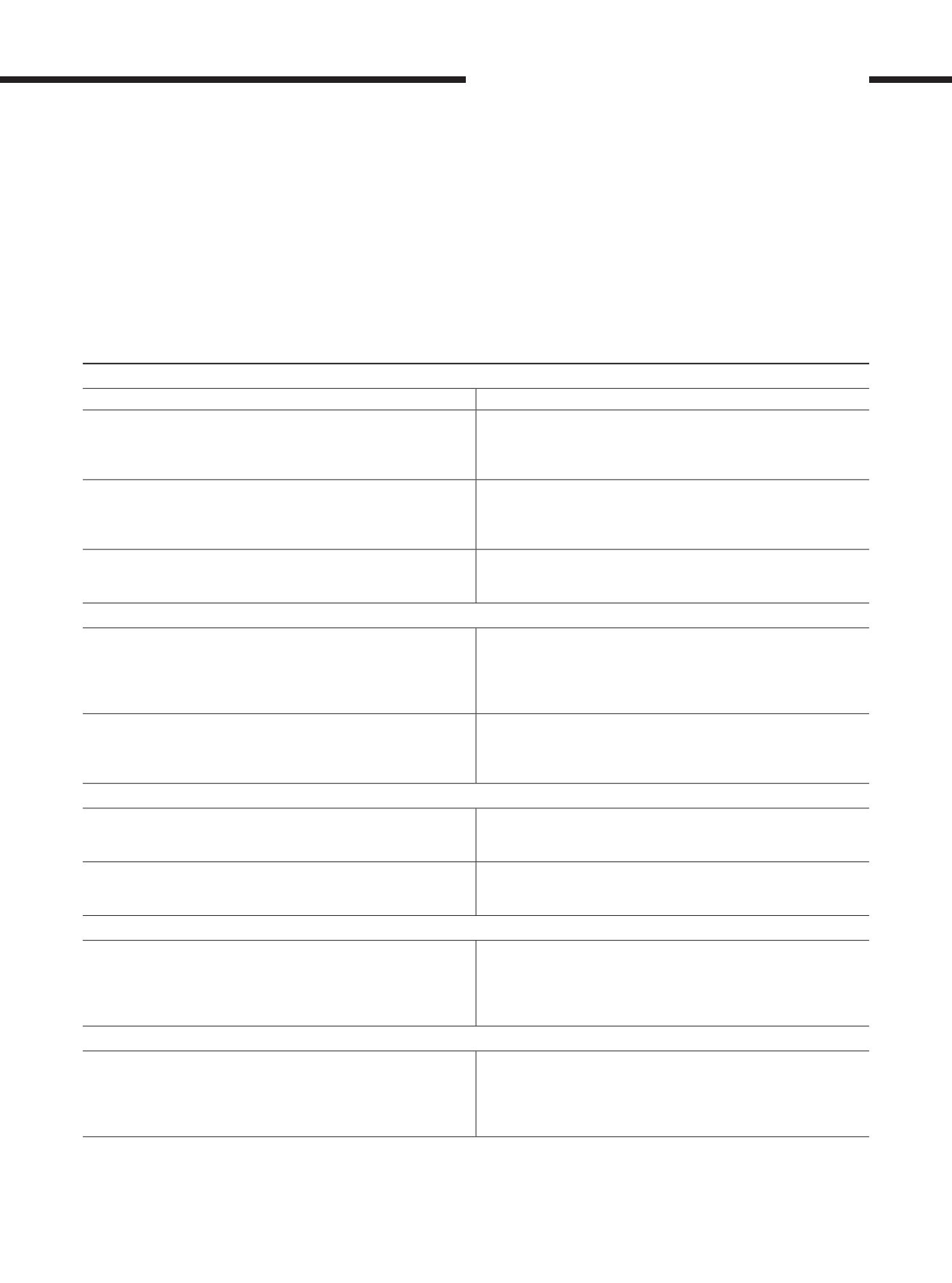

SIGNIFICANT RISKS
STRATEGIC RISKS
RISK
MITIGATION ACTION
Sales Shocks
- Changes in demand caused by events such as
political unrest or market downturns could impact our revenue stream
significantly.
The Commercial Department conducts periodic market analysis and
coordinates responses to market events. The Group has also launched
low-fare promotions from time to time to generate sales in periods
of low demand.
Competition
- Intense competition from expansion of competitor’s
network and price erosion stemming from price wars.
Strategic network expansion into greenfield markets to achieve “first
entrant” incentives such as lower airport charges. The Group also
utilises revenue modelling to lower price points for targeted routes
to maximise profitability.
Negative Publicity
- reputational risk stemming from social networks
that serve as platforms for airing consumer grievances or anti-
organisation campaigns.
The Group conducts annual brand health assessments, the results
of which have been used to execute positive public relation actions
including targeted marketing campaigns.
OPERATIONAL RISKS
SystemOutages
- Outages of mission-critical systems required for the
continuity of flight operations and revenue channels have occurred
more frequently in the commercial aviation industry over the past 12
months resulting in significant losses to the affected airlines.
The Group has developed, implemented and tested systems-specific
backup and failovers to reduce the impact of system outages. In
addition, the Group has developed an IT Disaster Recovery Plan and
a complementary Group Operational Response Plan to ensure that
the business continues to run in the event of a critical systems outage.
Supply Chain
- Failure in airport services such as airport fuelling
systems, baggage handling systems or customs, immigration and
quarantine processing could lead to significant delays and business
disruption.
The Group has created incident-specific business continuity plans for
our main hubs while partnering closely with airport operators and
authorities.We have also developed and tested fuel supply disruption
business continuity plans for KLIA2.
FINANCIAL RISKS
Fuel Price Risk
- A surge in fuel price would have a significant impact on
the Group profits with fuel making up one of the key cost components
for operations.
The Group manages the exposure to jet fuel price risk arising from
fluctuations in the price of jet fuel through hedging strategies.
Foreign Currency Risk
- Unexpectedmassive currency depreciation, in
particular theMalaysian Ringgit to the US Dollar, will have a detrimental
effect on the Group’s cost of financing.
The Group manages these exposures by hedging strategies including
derivative products.
CYBER SECURITY RISK
Cyber Threats
- The Group is exposed to cyber threats due to our
heavy focus on online sales channels, guest feedback, help channels
and other digital solutions.
The Group has established a centralised team responsible formanaging
and improving its cyber security. This team regularly reviews and
monitors cyber threats globally. The Group has also achieved ISO/IEC
27001 Information SecurityManagement System (“ISMS”) certification
for its control systems.
COMPLIANCE RISK
Non-Compliance to Regulatory Requirements
- The Group must meet
regulatory requirements of local aviation and consumer authorities
in multiple jurisdictions.
The Group maintains a high level of engagement with local regulators
and authorities to ensure any new regulatory requirement is understood
and swiftly adhered to. In addition, we constantly monitors the local
regulatory landscape for new or amended regulations affecting the
Group.
[ ]
AirAsia Group Berhad
REPORTS AND FINANCIAL STATEMENTS
199


















